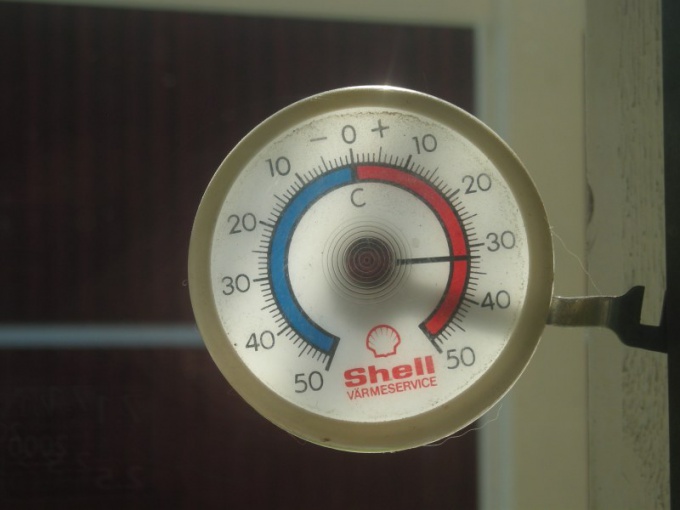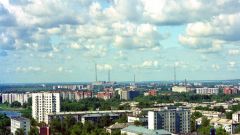Many office employees, other workers have heard that the employer is obliged to maintain a certain temperature in the workplace. This measure is provided by the legislation, aimed at protecting the health of workers, as work at elevated or reduced temperatures, has an extremely negative impact on the body. A large part of the organizations of our country ignores the relevant requirements, which is especially strongly feel office workers in the summer time. Meanwhile, the failure to satisfy the requirements to maintain optimal temperature in the workplace shall entail the obligation of the employer to reduce working time to a certain number of hours (depends on type of work and degree of deviation of temperature from the norm).
The ranges of the temperature values, which should support the organization for its employees, defined by existing health regulations. Thus the concrete meaning of these values depends on the time of year, type of work (level of energy). The most pressing question of the observance of the temperature regime is for employees of numerous offices that literally burn up from the heat in summer time. The standard value of temperature in this case should be 23-25 degrees Celsius in the summer. In the cold season, this value is changed to the range of 22-24 degrees. If the workplace is fixed, the deviation from these values, the employee can demand the reduction of working time to ensure normal working conditions.
Sanitary regulations, which establish the optimum temperature maintained in the workplace, also define the limits of reduction of working time, in violation of the relevant temperature regime. So, if the temperature in the office more than the allowable value of 3.5 degrees, the working time should be reduced by one hour. If the excess is 5 degrees, then working in an office can be no more than five hours a day. Note that for other categories of workers (e.g. people employed in production areas) has its own values of temperature and extreme deviations. In addition, the legislator not only limits the acceptable values of air temperature and surface temperature, speed of air movement, a number of other parameters.
What temperature the employer needs to provide office workers
The ranges of the temperature values, which should support the organization for its employees, defined by existing health regulations. Thus the concrete meaning of these values depends on the time of year, type of work (level of energy). The most pressing question of the observance of the temperature regime is for employees of numerous offices that literally burn up from the heat in summer time. The standard value of temperature in this case should be 23-25 degrees Celsius in the summer. In the cold season, this value is changed to the range of 22-24 degrees. If the workplace is fixed, the deviation from these values, the employee can demand the reduction of working time to ensure normal working conditions.
How is the reduction of working time
Sanitary regulations, which establish the optimum temperature maintained in the workplace, also define the limits of reduction of working time, in violation of the relevant temperature regime. So, if the temperature in the office more than the allowable value of 3.5 degrees, the working time should be reduced by one hour. If the excess is 5 degrees, then working in an office can be no more than five hours a day. Note that for other categories of workers (e.g. people employed in production areas) has its own values of temperature and extreme deviations. In addition, the legislator not only limits the acceptable values of air temperature and surface temperature, speed of air movement, a number of other parameters.





